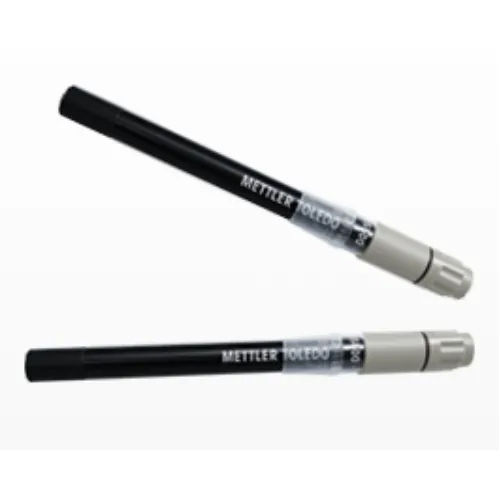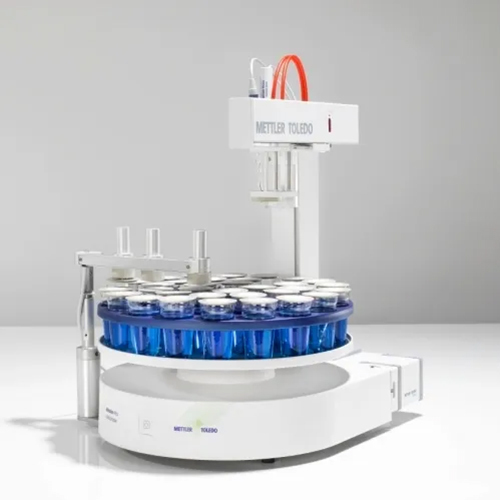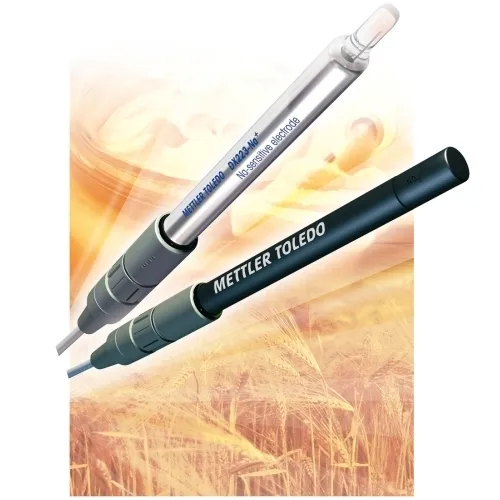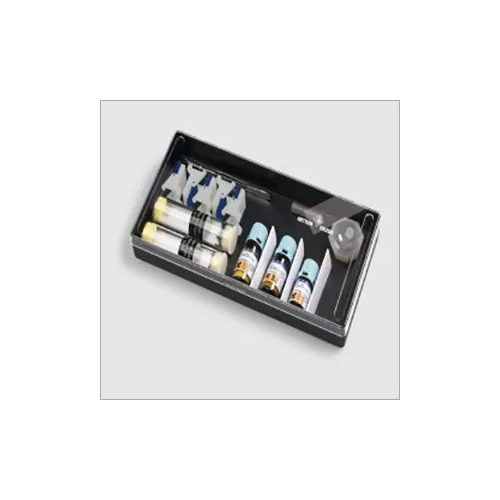Surfactant Sensors
Product Details:
Product Description
Surfactant Sensors
Surfactant sensor for several surfactant titration methods
METTLER TOLEDO offers several methods for surfactant titration allowing the appropriate choice to be made for the sample in question.
Surfactant Sensors provided by our company, are commonly used in the construction of voltammetry sensors to improve the sensor's sensitivity and selectivity. These sensors are used in a wide range of industries, from home detergents to drilling muds, food, and pharmaceuticals. Because they are amphiphilic, they are absorbed at the air-water contact. Surfactant Sensors are checked under various parameters to ensure their high quality and long lasting service life. They help in creating a specific orientation of molecules on the electrode surface, and enhancing electron transfer reactions. These sensors are very effective as well as economical and great to use.
Properties:
- Reduces surface and interfacial tension
- Helps in stabilizing the interface
- Corrosion proof
- Safe to operate
- Easy installation
- Greatly used
- Very easy installation offered
FAQ
1. What is a surfactant sensor, exactly?
Ans - A surfactant sensor is a piece of equipment that determines the quantity and presence of surfactants in a liquid solution. Surfactants can be employed as detergents, emulsifiers, lubricants, and dispersants since they have an affinity for both water and oil. Surfactant concentrations can be used to assess the cleanliness of surfaces, the integrity of membranes, and the purity of liquids.
2. How do surfactant sensors function?
Ans - Electrodes are used by surfactant sensors to gauge a solution's electrical conductivity. The presence of a surfactant causes the solution's electrical conductivity to rise, which the sensor can recognise.
3. What are the benefits of utilising a surfactant sensor?
Ans - Surfactant sensors offer a quick and simple approach to gauge the amount of surfactants present in a liquid solution. This information can be used to assess the purity of liquids, the robustness of membranes, and the efficacy of cleaning procedures. They are helpful for identifying the presence of surfactants in industrial processes as well as for monitoring the level of surfactants in wastewater.
4. What kinds of surfactants can a surfactant sensor identify?
Ans - A variety of surfactants, including anionic, cationic, nonionic, and amphoteric surfactants, are capable of being detected by the majority of surfactant sensors.
5. How reliable are surfactant sensors?
Ans - Surfactant sensors can be used to precisely monitor the concentration of surfactants in a liquid solution because they are very accurate.

Price:
- 50
- 100
- 200
- 250
- 500
- 1000+
Other Products in 'Laboratory Consumables & Accessories' category
 |
Mettler-Toledo India Private Limited
All Rights Reserved.(Terms of Use) Developed and Managed by Infocom Network Private Limited. |
 English
English Spanish
Spanish French
French German
German Italian
Italian Chinese (Simplified)
Chinese (Simplified) Japanese
Japanese Korean
Korean Arabic
Arabic Portuguese
Portuguese






